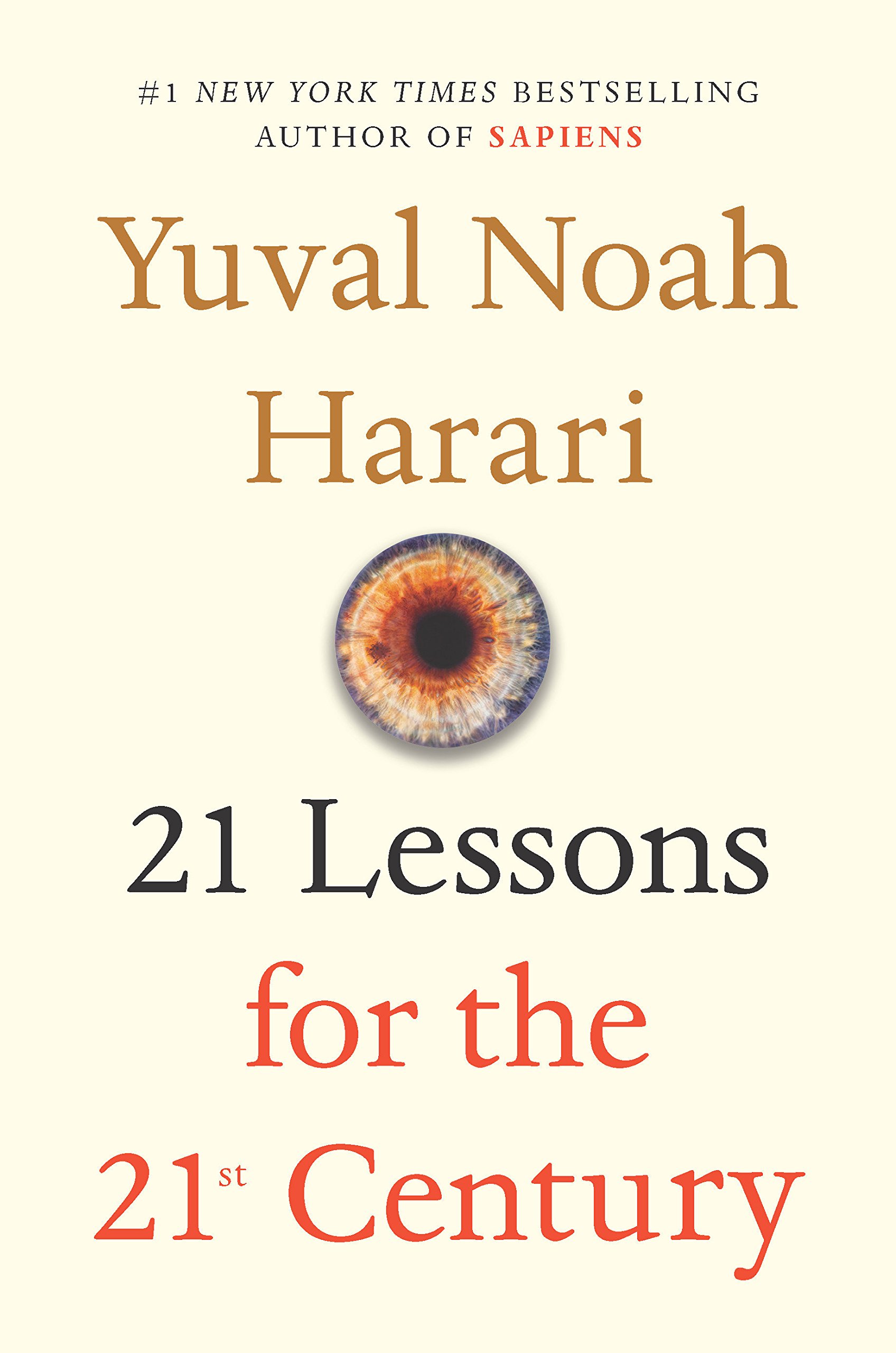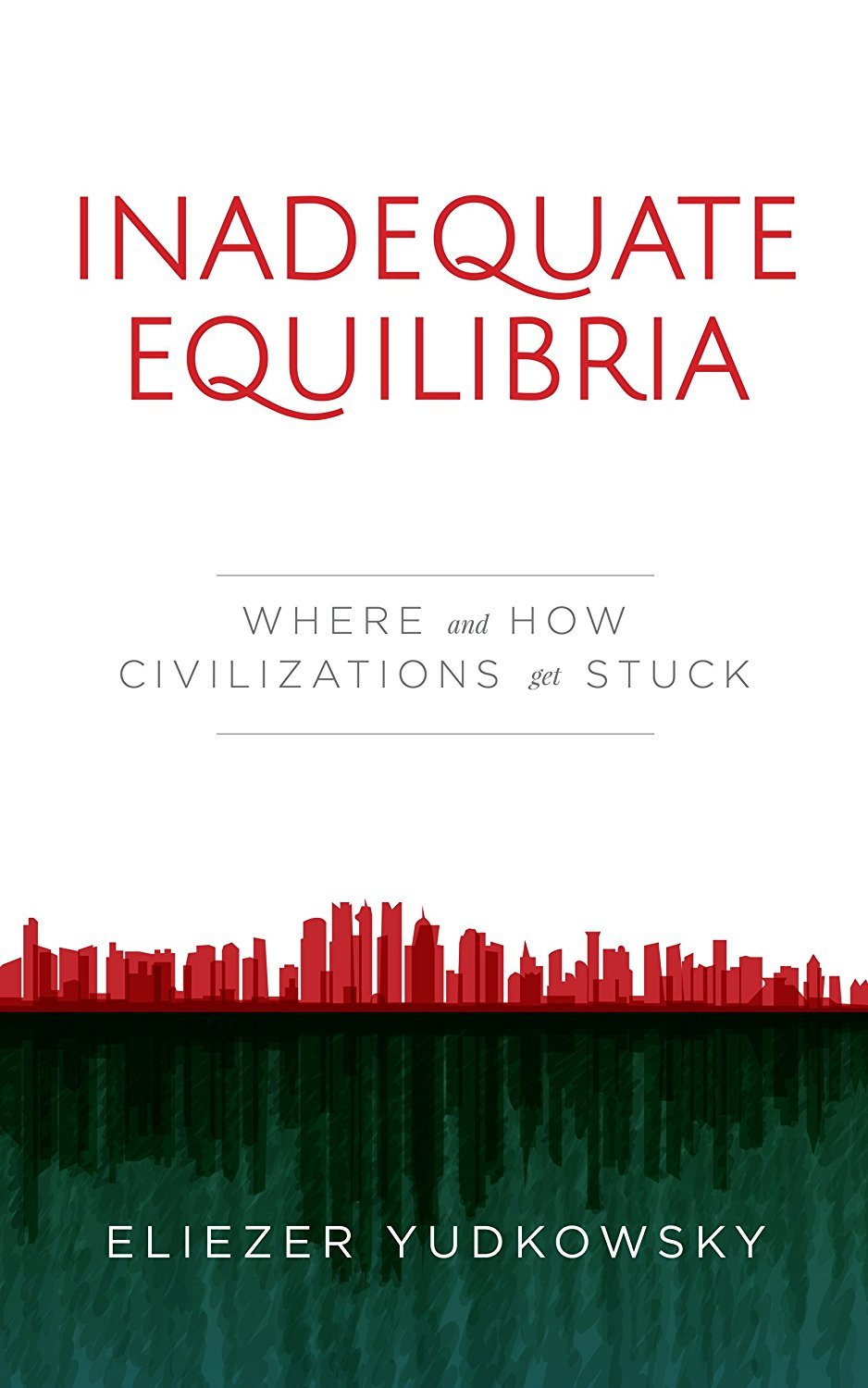
How the World Really Works: A Scientist's Guide to Our Past, Present and Future
Book Description
What if the fate of humanity hinges on understanding the very forces that shape our existence? In "How the World Really Works," Vaclav Smil uncovers the intricate web of energy, resources, and technology that drives our civilization forward, revealing startling truths that echo through history and resonate in today's pressing challenges. With breathtaking clarity, Smil dissects the interplay of nature and human ingenuity, shedding light on our past mistakes and the urgent choices ahead. Prepare to confront hard realities: Can we harness knowledge to forge a sustainable future, or are we destined to repeat our failures?
Quick Book Summary
In "How the World Really Works," Vaclav Smil deconstructs the critical systems and forces underpinning modern civilization. Through a scientist’s lens, Smil explores how energy, materials, food production, and global risk shape our existence. He presents a candid analysis of how intertwined technology, economics, and nature have driven societal progress—and exposed humanity to new vulnerabilities. Smil emphasizes hard scientific realities, scrutinizing the deep reliance on fossil fuels and industrial processes that sustain our lives, while casting doubt on simplistic solutions to climate change and sustainability. Illuminating both achievements and challenges, Smil calls for pragmatic, clear-eyed decision-making, warning that the path to a resilient future requires not only innovation but also humility, systemic understanding, and collective action.
Summary of Key Ideas
Table of Contents
The Central Role of Energy and Resources
Smil begins his exploration by emphasizing the profound importance of energy and raw resources in shaping modern life. Without fossil fuels and the immense flows of oil, coal, and natural gas, contemporary civilization—from transportation to food systems—would not exist in its current form. He debunks common misconceptions, explaining that shifting away from fossil fuels is far more complex than popular discourse suggests, given their deep entrenchment in every aspect of our economic and social infrastructure.
Industrial Processes and Essential Materials
Turning to materials, Smil highlights the indispensability of plastic, steel, ammonia, and concrete—collectively, the backbone of our material world. The production of these materials is energy-intensive and central to everything from buildings and transportation to food production. Smil elucidates how the sheer scale of global industrial processes creates challenges for reform, cautioning against underestimating the difficulty of altering these essential supply chains.
Food Production and Global Sustainability
Food systems, according to Smil, are another linchpin of civilization’s functioning, with modern agriculture reliant on mechanization, synthetic fertilizers, and international trade. He exposes the vulnerabilities and environmental costs that come with producing enough food for billions, noting the hidden dependencies embedded in every meal. Smil emphasizes that any effort toward sustainability must confront these realities if it hopes to make lasting progress.
Complexity, Risk, and Technological Innovation
Risk, uncertainty, and complexity are constants in Smil’s analysis. He stresses that technological progress and global interconnectedness amplify exposure to both natural and man-made crises. Whether examining pandemics, supply chain breakdowns, or climate risks, Smil argues for a nuanced appreciation of uncertainty and the need for resilience. He warns that overconfidence in technology or simple policy fixes can obscure real dangers and breed complacency.
Misconceptions About Sustainability and the Future
In his closing reflections, Smil addresses widespread myths about sustainability and innovation. He challenges the notion that society can smoothly transition to a green economy, insisting that massive changes in energy infrastructure, consumption patterns, and social priorities are required. Smil concludes that facing the future honestly involves confronting the scientific, economic, and social complexities at play—demanding humility, rigor, and collective responsibility, not superficial optimism or denial.
Download This Summary
Get a free PDF of this summary instantly — no email required.





